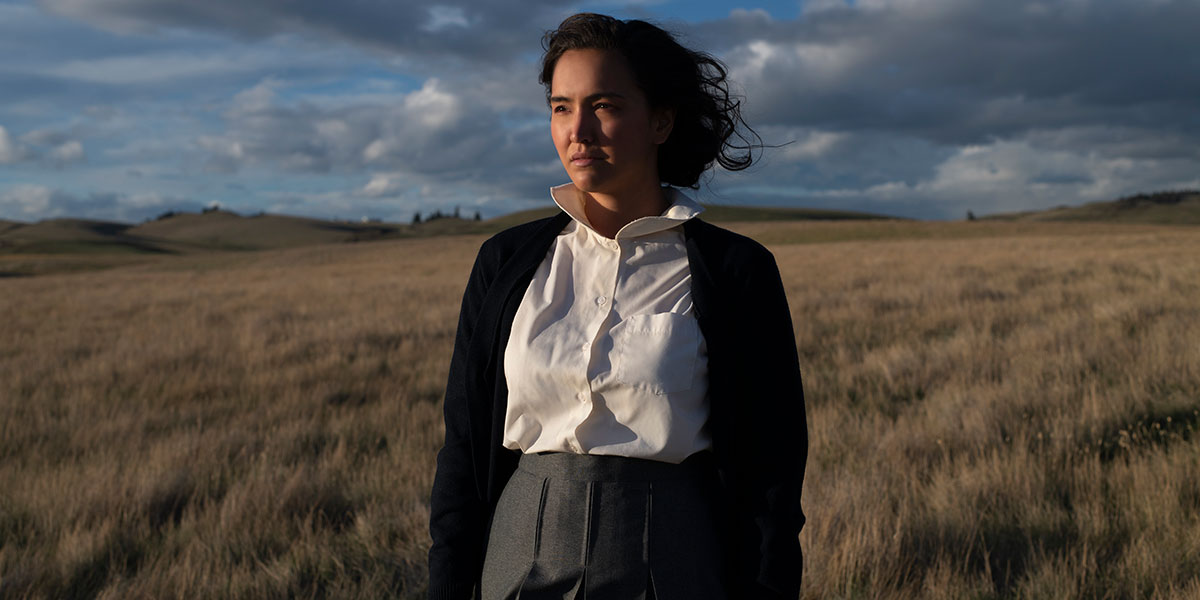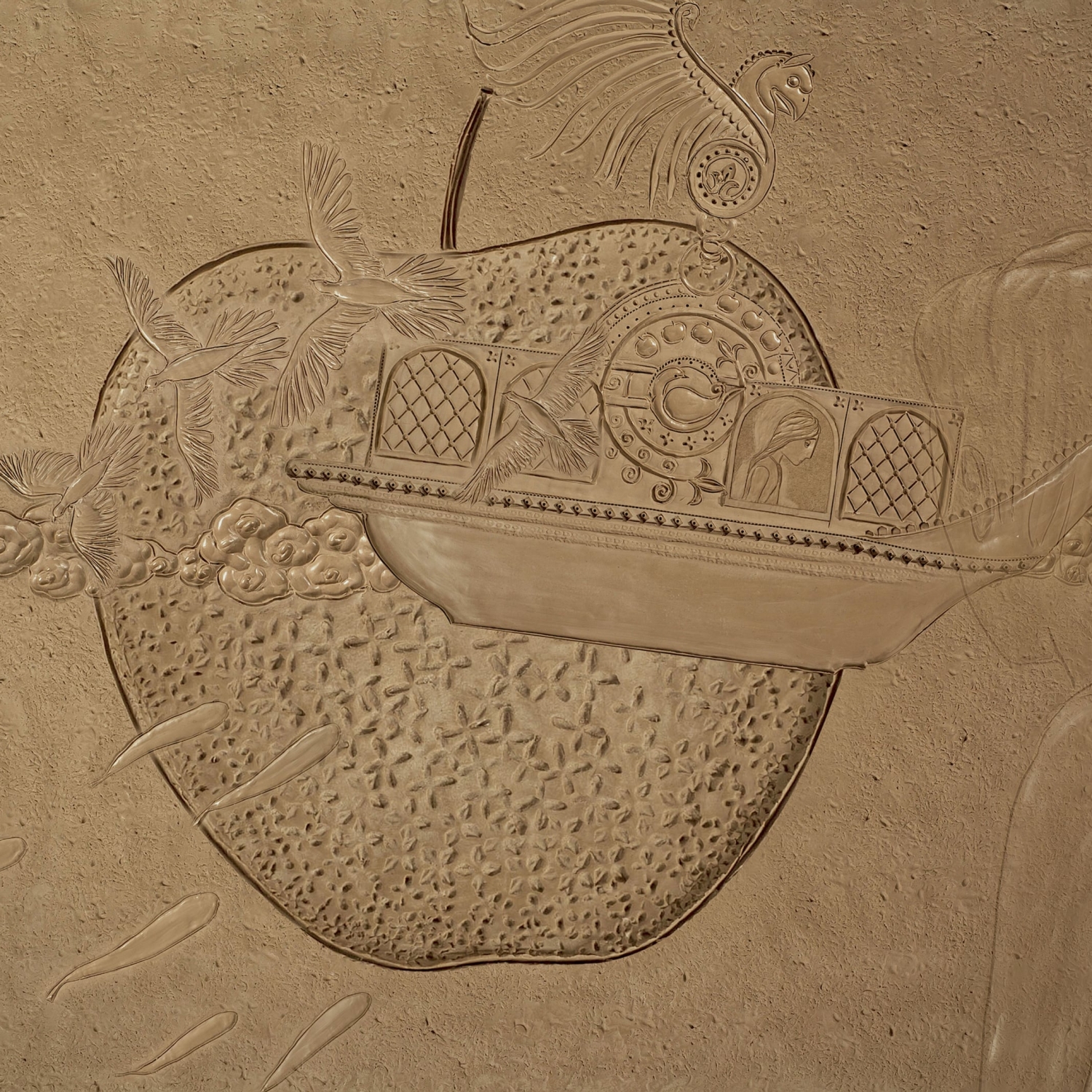Principl(ed) is the B.C. Principals’ and Vice’ Principals Association‘s (BCPVPA) member magazine that shares the stories of B.C.’s educational ecosystem. The BCPVPA is a voluntary professional association representing school leaders employed as Principals and Vice-Principals in BC’s public education system. They provide members with the professional services and supports they need to provide exemplary leadership in public education.
Amidst the vibrant community of educators, Principals and Vice-Principals are educational administrators responsible for overseeing the daily operations, curriculum implementation, and overall management of a school, while also providing leadership and support to teachers, students, and parents.
In the midst of September’s back-to-school season, Principl(ed) magazine’s Sandra Murphy, Director of Communications, spoke with BC Creates to discuss the magazine, and its role in supporting and educating the educators. Read the interview below.

Can you describe the overarching editorial vision and mission of your magazine?
Since I joined the staff of the BCPVPA in the fall of 2018, one of my priorities has been to raise the profile of the work of Principals and Vice-Principals in B.C. The trope of the gruff administrator behind their office door persisted then, and still persists in some minds, yet the people in these roles are passionate lifelong learners dedicated to the success of their students. I wanted to create a new magazine for the Association that reflected the many aspects of the role, and revealed the personalities of the people in those roles.
The overarching editorial vision of Principl(ed) is threefold: to represent the voice of our members; to introduce the work of our members to education partners, government, and the public; and to inform our members and friends about interesting and innovative practices in our members’ schools and districts.

How are the themes and topics determined for each issue?
Principl(ed) has defined sections that help to drive the content for each issue – you will always find one of our members on the cover, and in a feature story. We have 2,700 members from communities all over B.C., so when we are looking for a leader for our cover story, we consider representing school experiences from urban and rural settings, members at different stages in their careers, and with different points of focus in their work.
Each issue includes content from our colleagues in the Ministry of Education and Child Care, or from one of our education sector partners, informational columns from our staff and President, and most importantly contributions from our members. Some are seasoned authors, and others may be writing published content for the first time. We have also been fortunate to receive contributions from other education leaders and influencers in B.C.
What is your approach to sourcing and selecting articles, features, and stories?
In advance of each issue, we hold an editorial session with our BCPVPA senior staff and President to review story pitches and submissions, and to decide on content to seek out for that issue. Our staff is always on the lookout for great stories from the members they work with, and this meeting is where many of those ideas are shared. We try to be very responsive to the interests of our members, and if there is change ahead in the sector, or new processes to learn, we put a focus there.

Who is your target audience, and how do you tailor content to appeal to them?
Our target audience is definitely our BCPVPA members – Principl(ed) is for, by, and about them. We listen to feedback from our members, whether that is at a provincial meeting, a professional learning event, or one-on-one when members visit our office. I love it when someone starts a conversation about a project that one of their colleagues is involved in, or something groundbreaking that a school or district is doing – my radar is on, and I’m tucking that away for follow-up. Much of our content is driven by contributions or suggestions from our members. It’s interesting that within the commonality of the ‘school leader’ experience, there are so many differences in practice and process where people can learn from each other and discover something new.
Beyond our target audience, we believe we have created a publication that can appeal to readers outside our membership – and beyond the education sector – with our focus on topics of leadership, professional development, well-being, and community involvement. We may examine decolonizing practices, or effective team-building, or how to be a good communicator or how to cope with burnout, and give readers a different perspective on what they may be experiencing in their own sector.
Can you share some successful collaborations that have brought value to your magazine?
It’s important that our members feel recognized for their critical leadership role in B.C.’s public education landscape, and we are grateful that the Ministry of Education and Child Care, and our many partners in the education sector, have taken the time to connect directly with our members through Principl(ed) magazine. There is so much value in that connection for our members, for the Association, and for those partners, and it opens the door to continued dialogue and better understanding.
How do you navigate the digital versus print balance in today’s media landscape?
This question is always at the forefront: is print still a viable and justifiable option, both when it comes to budgets and how people consume information? Is a digital format too ephemeral, despite its ease of reach? I personally still believe in the stickiness and shareability of a print issue, especially when it also exists as a digital asset. Following the Principl(ed) mail distribution, we post the issue to our website and then for the ensuing months we share articles weekly both online and in our member newsletter, and the articles are curated to a number of libraries on our website. It’s a great way to satisfy different preferences, and really maximize the exposure of our content. We have members who will curl up in a chair to read their issue, and others who prefer that easy download and a quick focused read.
How do you define success for your magazine?
Success equates to engagement, to our members and friends reading and sharing the magazine, discussing content, and even taking the leap to submit their own content. Success is sharing a story that elicits a reaction – a smile, a laugh, or a question. Success is when a member reaches out to the author of an article to make a connection and continue the dialogue. Success is when government, senior leadership in public education, and the public want to find out more after they read the magazine.
How do you stay creatively motivated in your role?
I feel very fortunate to be in a role that has a tremendous amount of scope. Part of my work is to be a magazine editor and a magazine designer, but beyond that I am managing the communications activities for our Association, so every day for me is truly different. My work is storytelling at all different levels.

Can you share a memorable moment or experience from your time with the magazine?
There have been so many, I always enjoy seeing a members’ reaction when their story is featured, or when they see their own words in a publication for the first time. I would say a very memorable moment for me was coming together with several of our members to write a collaborative article on the leadership experience of women from diverse cultural backgrounds. It was the first time I had worked with members on collective storytelling, and these five women were so generous in sharing their stories as leaders who were not typically represented in the profession in previous decades. Each contribution was honest and heartfelt, and their experiences and perspectives came together so beautifully, different threads in a tapestry. This content has sparked other collective storytelling, recently on the experience of having a young family as a school leader, and in an upcoming issue on anti-racism initiatives in B.C. schools.


